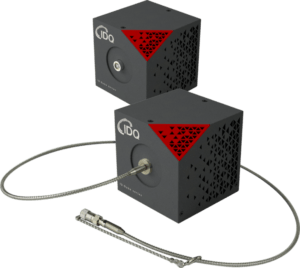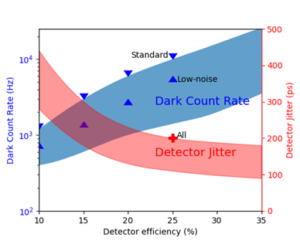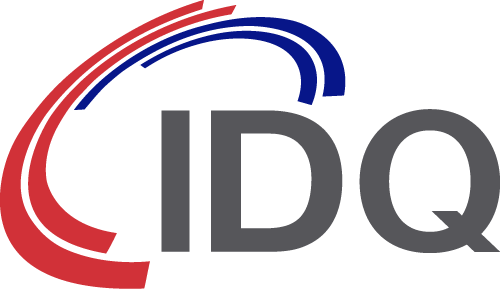Efficiency gains for the ID Qube, all models past and present

We are happy to share news of improvements to the ID Qube NIR product range. Your Qube detectors, including models you have already received, can now be calibrated to reach higher detection efficiencies, giving you a substantial step-up in performance without the need to purchase a new device.
As a result of our continuing commitment to quality, we can now extend the detection efficiencies available to the user—currently 10%, 15%, and 20%—to include 25%, 30% and 35%(1). These improvements can be implemented retroactively on devices purchased before today, so the next time you send your ID Qube NIR Gated or ID Qube NIR Free-running SPAD for maintenance or re-calibration, the device will be automatically updated to take advantage of this extended performance range.


Figure: (Top graph) Typical variations in detector dark counts and timing jitter as a function of the selected detector efficiency, between different ID Qube NIR devices. Also shown is the guaranteed achievable timing jitter (cross), and the guaranteed maximum dark count rates for the ID Qube NIR-Standard (tip of the downward arrow) and the ID Qube NIR-Low Noise (tip of the upward arrow). (Bottom table) Specified maximum dark count rates for the two options for noise performance: the ID Qube NIR STD and ID Qube NIR LN. Be aware that the observed dark count rate and timing jitter varies from device to device, due to myriad factors, such as unavoidable variations in semiconductor growth process, or micron-scale differences in the electrical bonding process.
Historically, the detection efficiency of the ID Qube range was capped at 20%, to mitigate undesirable detector noise. Above 25% efficiency, our Qube devices start exhibiting non-negligible afterpulsing—a behaviour where additional ‘false’ detection avalanches are triggered by the tail of a ‘real’ detection event pulse, giving rise to additional signal-dependent detector noise—and so detector dark counts can rise significantly (2). Fortunately, there is an upside: we see an appreciable enhancement in the detector timing jitter with rising detection efficiency. In making this extended detection efficiency range available, we hope to broaden your capacity to balance timing precision against signal noise as you see fit, so that you can get the most out of our detectors.
Talk to us today to find out more about the ID Qube NIR range. If you have special requirements for your experiments and applications, you will be put directly in touch with one of our expert application scientists.
View our product pages
(1) Additional efficiency levels can be calibrated on request.
(2) Please note that, because of the detector afterpulsing effect, we do not guarantee detector dark count levels for the 30% and 35% efficiency settings.


